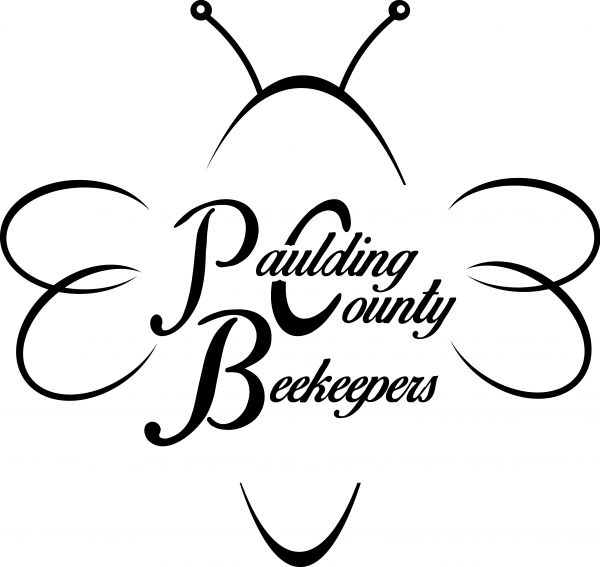Feeding Honeybees
Do your bees need to be fed? Nothing is more heartbreaking than opening a hive to observe dead bees looking for a food source. Feeding is easy and can be done even on the coldest days, but it must be done in a manner that ensure the bees can access the feed. Additionally, feeding bees the right water to sugar ratios will stimulate behaviors in the hive.
First, let’s explore the water to sugar ratios. Water to sugar ratios is by weight not volume. Luckily, water and sugar have similar weights and volumes. Sugar should be plain sugar, not confectioners’ sugar. Measurements for making feed does not have to be overly precise but rather somewhat close. There are three mixtures of feeds commonly used for feeding bees: two parts water to one part sugar, one part water to one part sugar, and one part water to two parts sugar. Each combination will stimulate a behavior in the hive.
Feeding bees two parts water to one part sugar will stimulate comb building. Comb building is needed to provide a place for the queen to lay and a place to store nectar and pollen. Early spring is a good time to be feeding bees 2 (water) to 1 (sugar). This will allow the bees to prepare for the spring flow. Some beekeepers even add a small amount of food coloring to the sugar water to observe what the bees are doing with the feed. Building comb takes energy which means the bees will have additional nutritional demands so ensuring they have access to honey stores is important. There will be more discussion on ensuring honey stores.
Once the nectar starts flowing, it is time to stop feeding the bees. There is plenty of natural sources for them to pursue and they will have little interest in the sugar water. Also, sugar water is not “real” honey so the leaving sugar out of the hive is advised.
After the spring flow and honey harvest, the summer dearth begins which cause the bee’s behavior to change. The queen will slow down laying, the bees will become more agitated, and robbing may ensue. In order to trick the queen into believing that the nectar flow is happening, feeding one part water to one part sugar is advised. This combination is similar to natural nectar which will encourage the queen to lay and may reduce agitation of the bees. The goal is to have a large the bee population going into the fall and winter.
The bees born in the early fall do not experience the hormonal changes that summer bees do. Because the hormones don’t change, these bees become “winter bees”. Winter bees will survive many months rather than dying after a few weeks. During the winter months the bees have one objective which is to keep the queen alive and take care of the small amount of brood that she many lay. They will need about 40 pounds of food to get them through the winter. (This will vary based on length of winter, this amount is for Northern Georgia) They will need carbohydrates from sugar or honey to create the energy to keep the cluster in the hive at the proper temperature to protect the queen. Feeding the bees with one part water to two parts sugar will be easy for the bees to convert to honey to build up their winter stores.
Another “insurance” feed that can be done is to make sugar blocks to be placed in the hive over the cluster. If the winter drags on and the bees have exhausted their stores and the sugar blocks, a bag of sugar can be placed over the cluster to get them to the spring flow.
Another option is to make sugar blocks made with 90% sugar and 10% pollen (substitute). Several bee club members make these blocks and report they had good results in that the spring bee population seemed larger and stronger. The hypothesis is that with the addition of pollen, the queen will lay more during the winter.
There are several methods to feeding. It is recommended that all feeding happen inside the hive and to use an entrance reducer to minimize robbing. Each year, new and innovative feeding products are introduced to the market for in-hive feeding. Old school methods of using mason jars and new products are all excellent ways to feed in-hive. The bees will need about a quart up to one gallon per week depending on weather and available nectar. Boardman feeders, the type slipped between the bottom board and brood chamber, are not recommended since this will attract robber bees. Boardman feeder are an excellent way to provide additional water to the hive. The best time of day to feed a hive is near sunset. The field bees are returning to the hive for the night so the risk of robbing may be reduced.
Feeding bees is important to sustaining the hive. Understanding when and what ratios of water to sugar to feed is the key to success. Using two parts water to one part sugar will stimulate comb building, one part water to one part sugar will encourage the queen to lay, and finally one part water to two parts sugar will provide food for the winter months. Adding a drop or two of food coloring will help the beekeeper identify comb or honey that was from sugar water rather than natural sources. Feeding inside hive later in the evening will help prevent robbing behaviors. Should a hive run low on food in the late winter or early spring, a bag of sugar can be placed over the cluster with a puncture in the bag. Usually, one quart to one gallon a week is sufficient.

